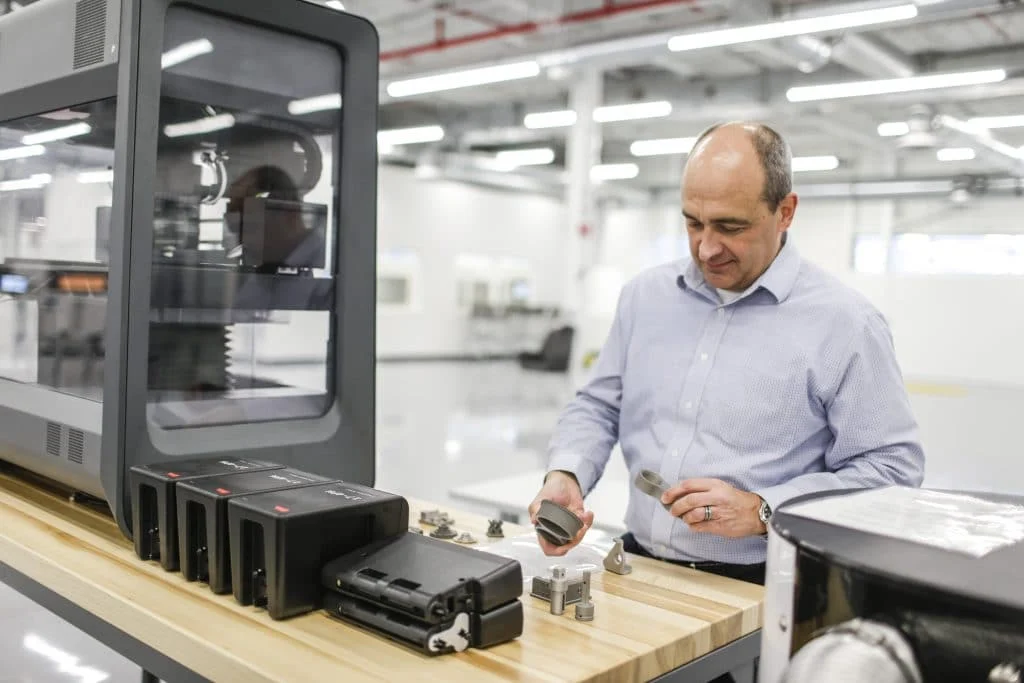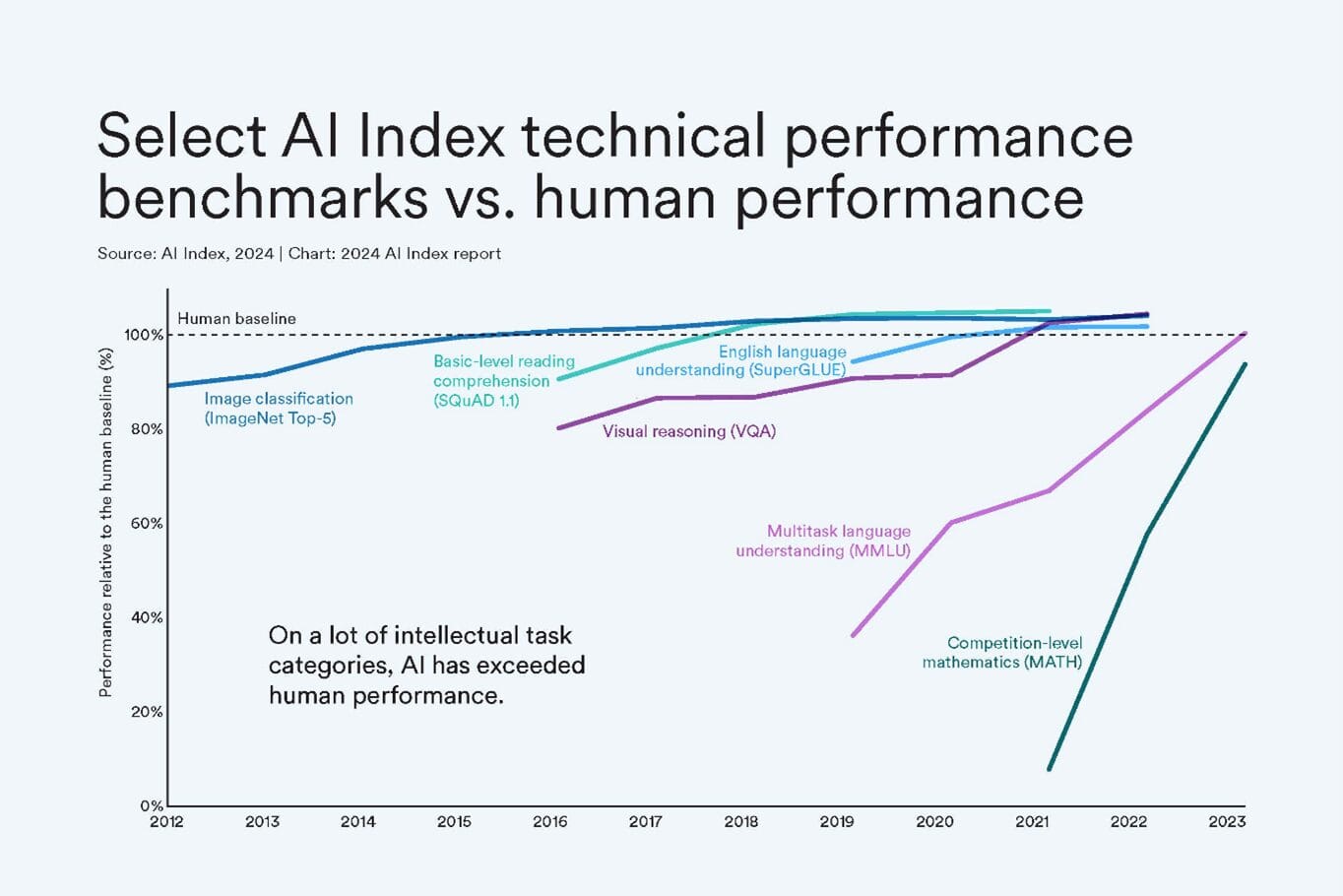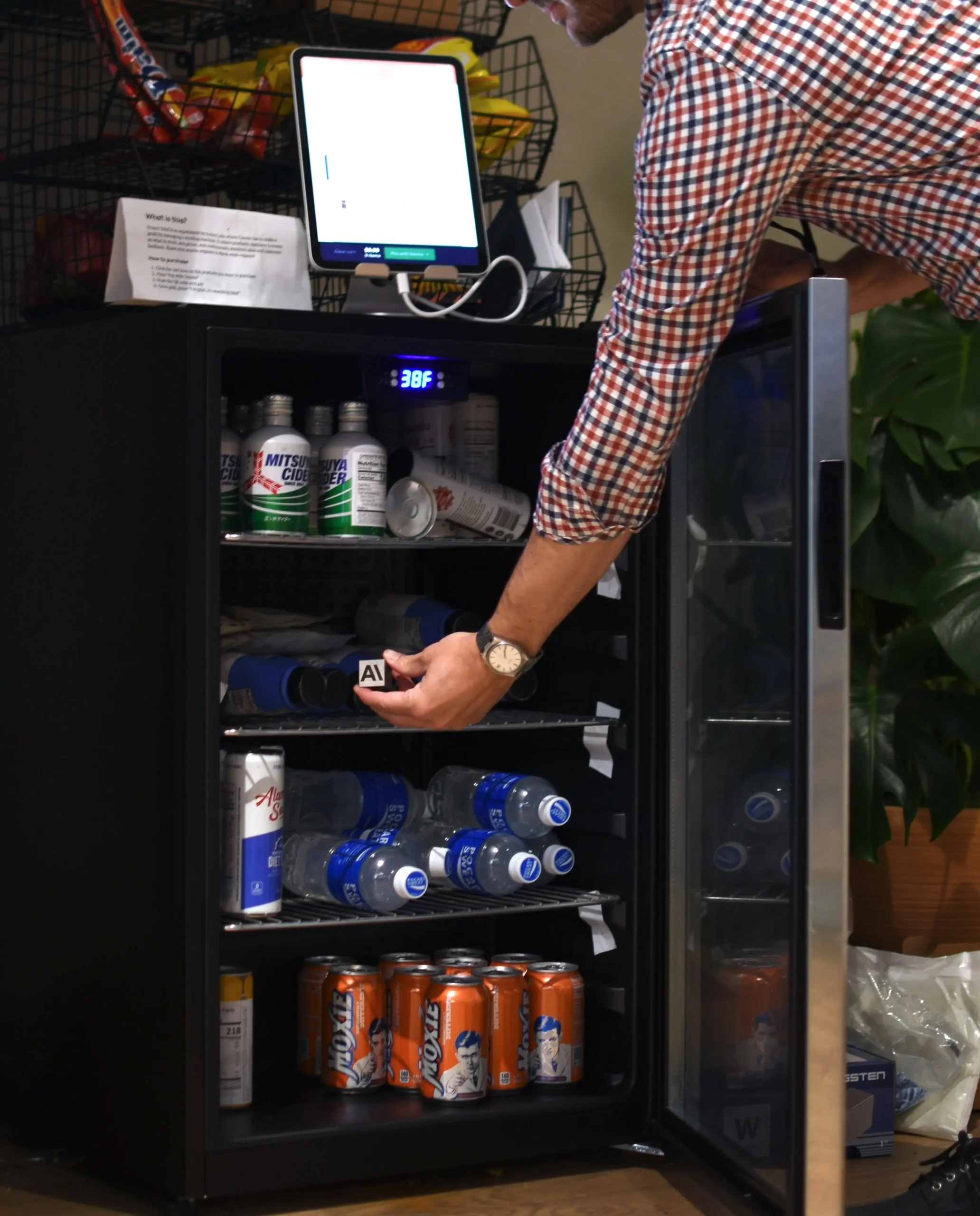
What will the impact of AI be on software in the coming years? Will the co-pilots and chat agents we see today be the way implementations appear down the road? My perspective on this is that it will change dramatically over the coming years based on what has happened with other technologies. Perhaps, my view is informed, or biased, based on having seen many other innovative technologies evolve over time. That said, history can be a great lesson for the future, and in this case, I’ll start with a story about 3D printing technology, and how it has changed over time.
Over two decades ago, a group of incredible engineers were working on ways to leverage 3D printing technology to help transform automotive manufacturing (a big shout out to Todd Kloeb and Harold Sears who were instrumental in much of this work). The thinking at the time, by many analysts that were covering this emerging technology, is that not only might vehicle parts be printed, but entire vehicles might be printed; truly revolutionizing the automotive manufacturing process and supply chain.
Fast forward today, and that is not exactly the way things played out. While 3D printing is a tool in nearly all automotive manufacturer’s toolkits, they do not use the technology to print all the components on the vehicle in your garage.

Why didn’t the dream of 3D printed cars become a reality? There are several constraints that additive manufacturing techniques come with. The first, and likely most significant for high-volume manufacturing is that the process is relatively slow to print a part compared to modern high-volume techniques of stamping presses, injection molding, or casting. If you need to produce a million parts in a year, it would be cost prohibitive to print them (you would need to buy a LOT of printers), compared to stamping parts or using other modern high-volume production techniques.
This lead to an interesting pivot, what if you used 3D printing to make the tools that make the parts? Instead of printing a plastic part, what if you printed the injection mold tool? You only need one tool, and the use of 3D printing would let you also leverage advantages of 3D printing. You could imbed conformal cooling into the tool that would be very hard with traditional tooling techniques, but easy with 3D printing. You could create more precise tolerances, as 3D printing can very accurately produce the part.
And so, 3D printing is incredibly impactful for automotive manufacturing, but not necessarily the way some initially thought it would be. What might this history lesson show us for the future of AI techniques in the software space?
While many envision LLMs and Generative AI techniques as a technology we can leverage to answer any question, perhaps the future will have a different implementation than the chatbots and co-pilots we see today in so many products.
Today, we might ask a co-pilot in Excel to produce a control chart from a set of data on the screen. One of the challenges with AI is the need for significant validation. Not only do we need to validate the initial result the co-pilot provides, but we likely need to verify every answer it produces over time. This makes the experience and result much less useful than when you add two numbers in Excel – and you know that the result will be accurate (there is no need to validate it). Did it produce the control chart accurately?
But what if AI in software starts to take the form we saw with additive manufacturing. Instead of a general-purpose co-pilot, what if the software engineers use AI to create a new set of capabilities in Excel, such as the control charting function in this example. The AI produces the code, and the engineers validate it works as expected. Then, when users leverage the function, the need for validation is removed. AI in this example was the tool to create the software, but wasn’t what the end users interacted with. Very similar to the additive manufacturing example.
Earlier this month (June 2025), Apple released a research paper [The Illusion of Thinking: Understanding the Strengths and Limitations of Reasoning Models via the Lens of Problem Complexity] that discussed the whether AI with LLMs are ‘intelligent’ and ‘think’ like humans. I find the paper to be a wonderful example that shows both the limits of the LLMs today as well as a great launch point to how LLMs will solve these types of problems in the future. In the paper, the researchers challenge the LLM with a Tower of Hanoi game, where you have different size disks on a tower, and need to move the disks to a new tower and create the right pattern (from largest to smallest disc). While the LLM was able to solve the puzzle when the number of discs were small (3 or four discs), as the number of discs increased, the LLMs quickly failed. The same failures continued to occur with a number of other simple games, as the complexity of the task increased.
The Tower of Hanoi challenge is one that is easily solved in entry level programming classes, with students able to create simple algorithms that can solve the problem, but here, the LLM failed. Furthermore, these algorithms require very little computing power. But what would happen if the LLM was asked to create the code to solve the problem, instead of directly solving it? Here I believe is where the change will occur.
So while there are great use cases for chatbots and general-purpose AI that will solve problems, I believe the real revolution will come in the form for using AI to create the tools for software (i.e. the code) that will then be validated and implemented in more traditional ways. Like additive manufacturing, innovations continue to occur that could certainly change the trajectory and path forward.
Just as Todd and Harold helped bend the path of how 3D printing impacted the world of manufacturing, leaders in the AI space will write the future for AI in software. I am excited to see what the future holds for AI and potentially – if there is a change in the trajectory of additive manufacturing as well. For now, I see the use of AI and LLMs to create software to be a much more likely disruptor than general purpose LLMs that pretend to have, as the Apple paper suggests, “the illusion of thinking”.
A few examples of our patents in the additive manufacturing space from those early years:
ADDITIVE FABRICATION TECHNOLOGIES FOR CREATING MOLDS FOR DIE COMPONENTS
MOLDING TOOL WITH CONFORMAL PORTIONS AND METHOD OF MAKING THE SAME
MOLD CORE FOR FORMING A MOLDING TOOL
ADDITIVE FABRICATION TECHNOLOGIES FOR CREATING MOLDS FOR DIE COMPONENTS






